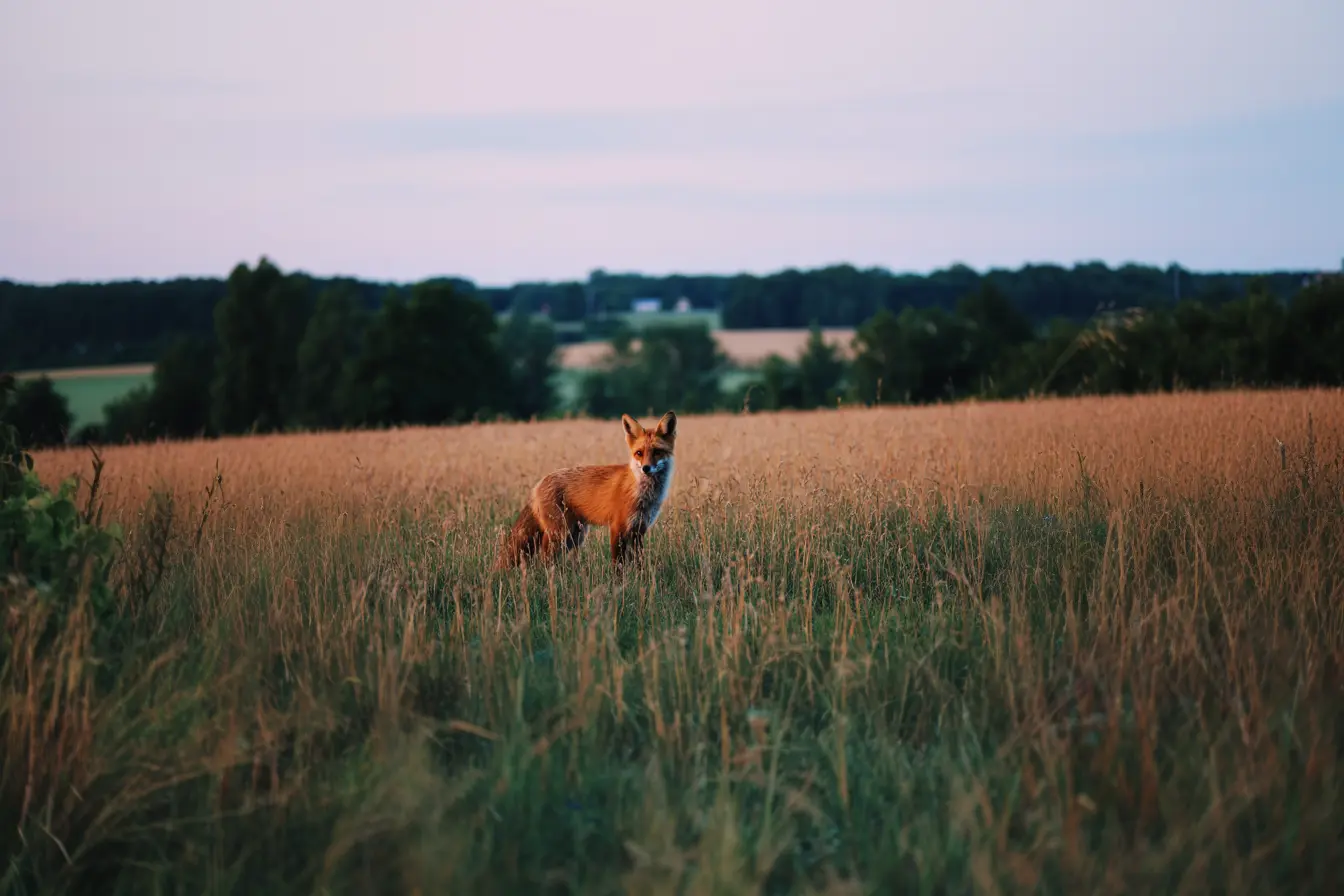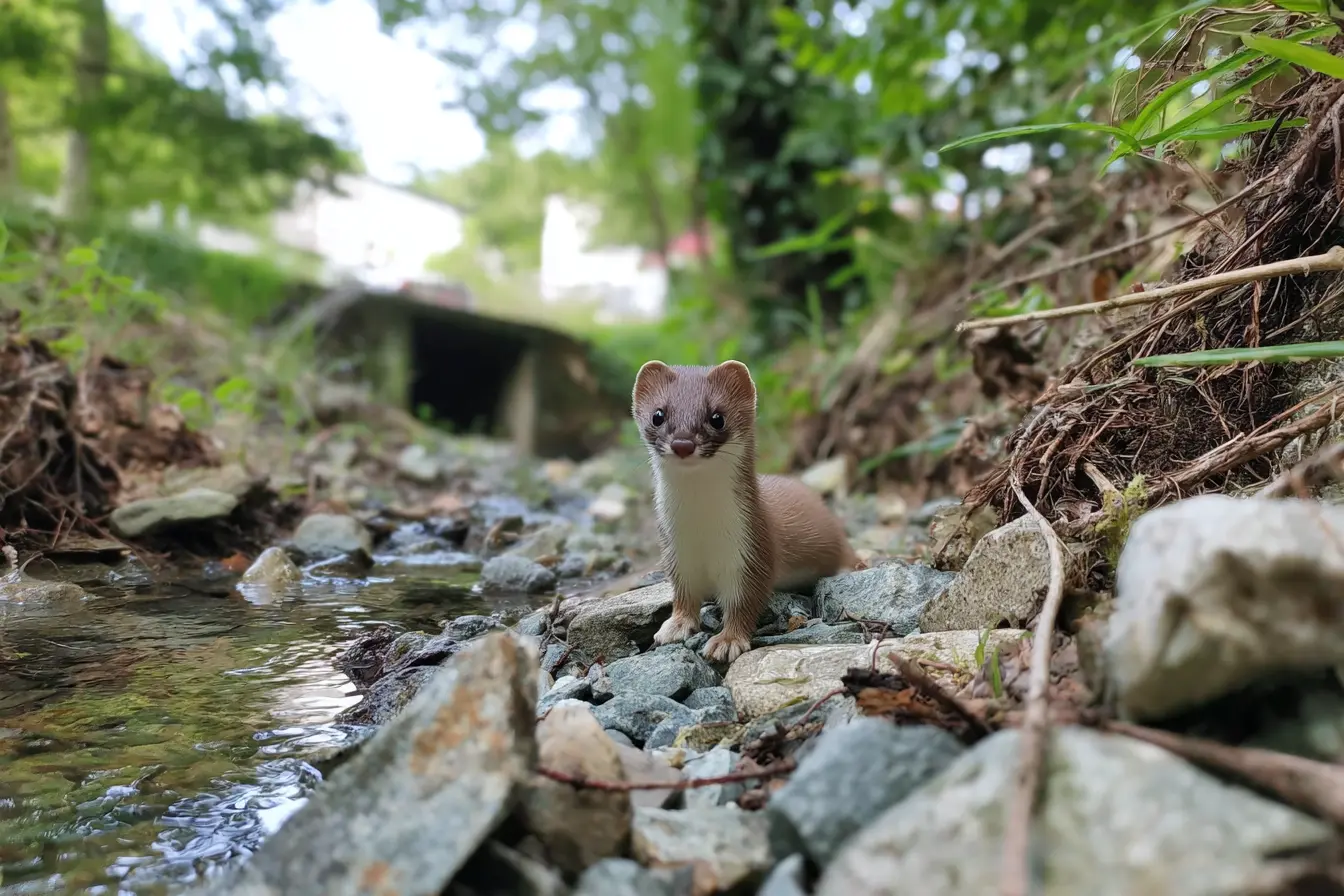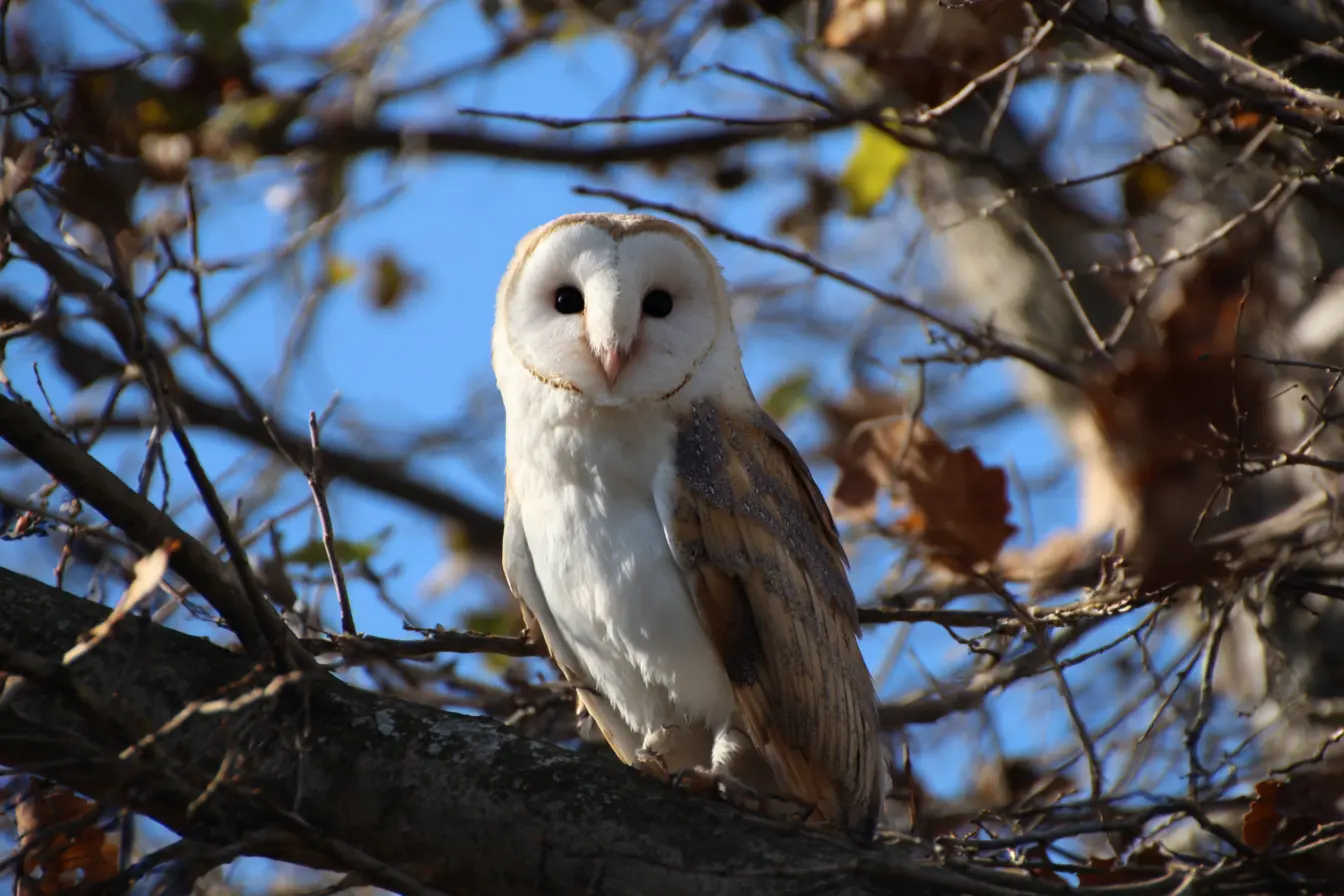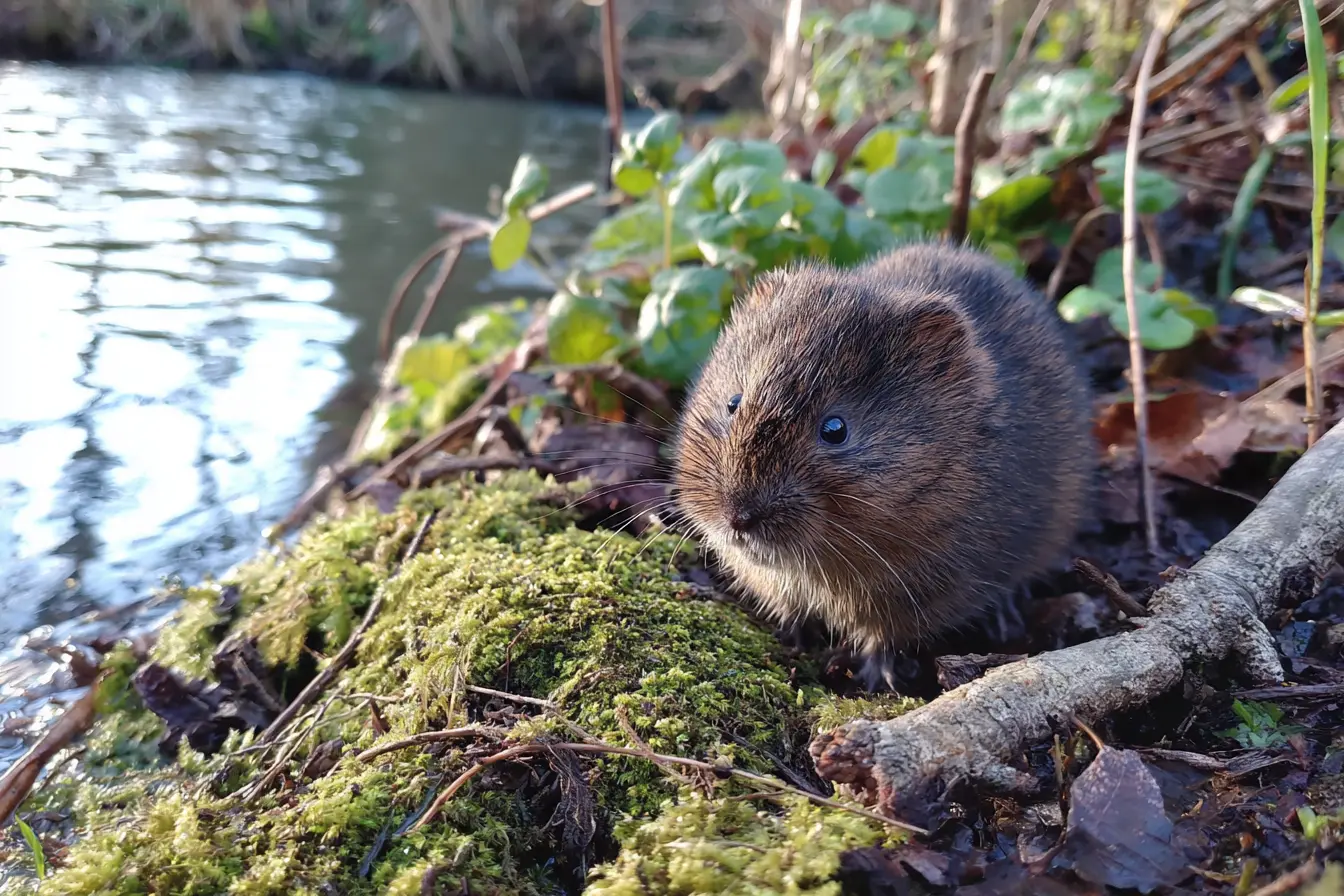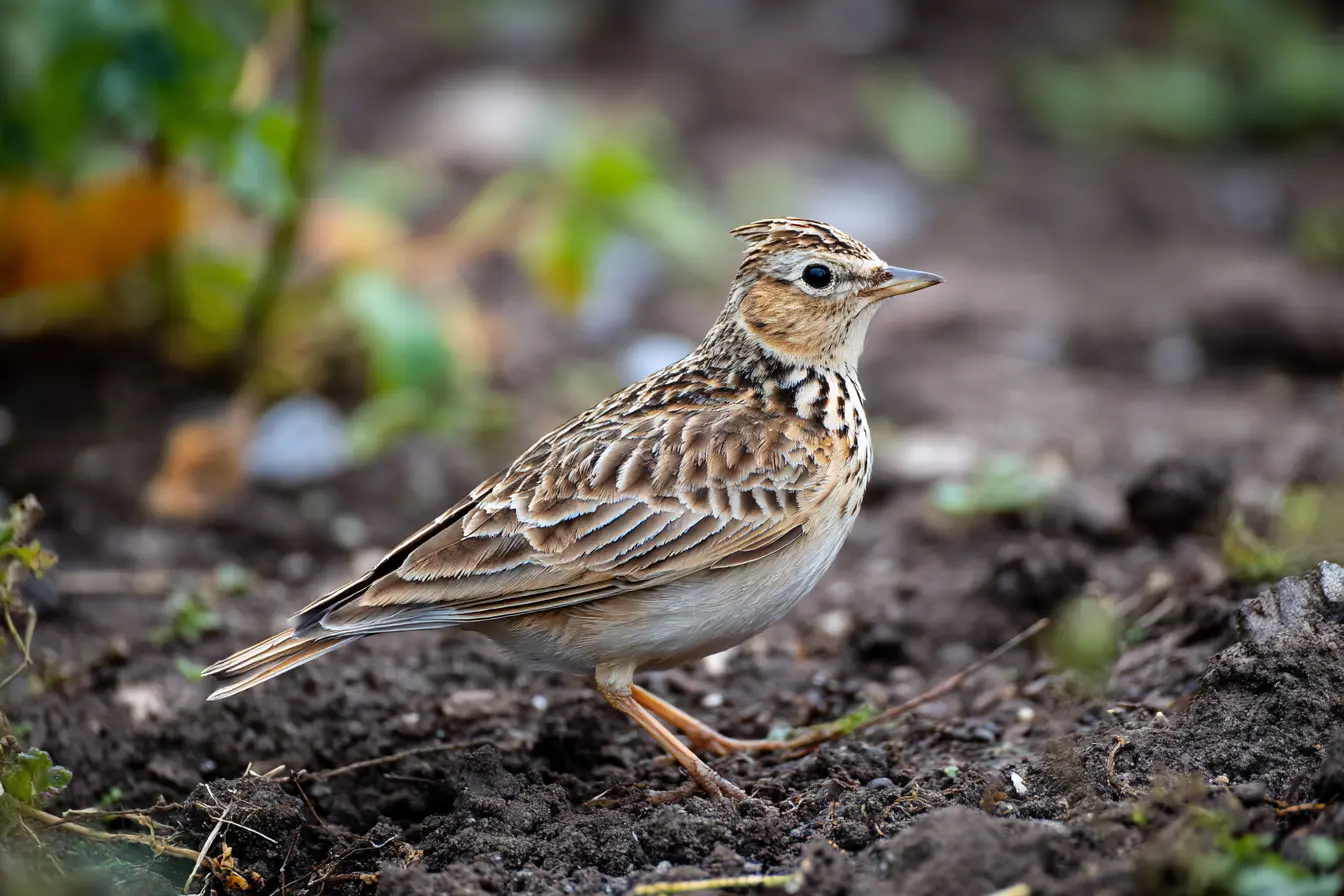
Ground-Nesting Birds in the UK
Ground-nesting birds are a vital part of the UK's avian biodiversity. These birds lay their eggs and raise their chicks directly on the ground, often in open landscapes such as farmland, moorland, coastal dunes, heathlands, wetlands and meadows. While many of these species have evolved remarkable camouflage and behavioural defences, they remain highly vulnerable to habitat loss, disturbance and predation.
This blog post offers a detailed guide to ground-nesting birds in the UK, including species examples, nesting habits, key threats and conservation efforts.
What Are Ground-Nesting Birds?
Ground-nesting birds are species that create nests at or near ground level rather than in trees, cliffs or cavities. Their nests can range from simple scrapes in bare soil to carefully woven cups hidden in dense vegetation.
These birds use a variety of strategies to keep their nests safe, including:
- Camouflaged eggs and plumage
- Secretive or distraction behaviour to deter predators
- Choosing nesting sites with natural cover or high visibility to detect threats
Because they nest on the ground, these birds face specific challenges such as trampling, mechanised land use, invasive predators and human recreation.
Common Ground-Nesting Birds in the UK
The UK supports a diverse array of ground-nesting birds across a range of habitats. Some are widespread, while others are highly specialised or increasingly rare.
Farmland and Grassland Species
Skylark (Alauda arvensis)
Known for its melodious song flight, the skylark nests in open fields, especially in arable and rough grassland. It builds a shallow cup of grass, often well-hidden among crops or tussocks.
Lapwing (Vanellus vanellus)
This striking wader breeds in wet meadows and lowland farmland, nesting in a simple scrape on the ground. Its tumbling display flight and sharp call are distinctive signs of breeding behaviour.
Meadow pipit (Anthus pratensis)
A widespread upland and farmland bird, the meadow pipit places its nest in grassy tufts. It is a common host for cuckoos in some regions.
Corn bunting (Emberiza calandra)
Once common across UK farmland, the corn bunting now survives mainly in eastern and southern England. It nests on the ground in cereal crops or rough field edges.
Heathland and Moorland Species
Nightjar (Caprimulgus europaeus)
A nocturnal bird of open heath and young forestry plantations, the nightjar nests directly on bare ground. Its mottled plumage and still posture make it almost invisible during the day.
Red grouse (Lagopus lagopus scotica)
Endemic to British uplands, this moorland bird nests in heather. Chicks are precocial, leaving the nest shortly after hatching.
Curlew (Numenius arquata)
Europe’s largest wader, the curlew breeds in uplands, wet grassland and lowland meadows. It creates a nest in grass or rushes and is recognised by its haunting call.
Coastal and Shingle Nesters
Little tern (Sternula albifrons)
Britain’s smallest tern nests on shingle beaches. Its eggs and chicks are nearly invisible among stones, making it vulnerable to trampling and disturbance.
Ringed plover (Charadrius hiaticula)
This small shorebird lays eggs directly on pebbly ground, often on beaches or near lagoons.
Oystercatcher (Haematopus ostralegus)
Found nesting along coasts, on gravel banks or even rooftops, oystercatchers use minimal nesting material and rely on their strong calls and distraction displays to defend their nests.
Wetland and Reedbed Species
Snipe (Gallinago gallinago)
Nesting in damp grassland and fen, snipe lay their eggs in shallow depressions concealed by vegetation. Their drumming display is a common sound in spring wetlands.
Redshank (Tringa totanus)
Often breeding in saltmarshes or wet meadows, redshank are noisy and conspicuous once nests are threatened, but their nests are well camouflaged.
Nesting Season and Behaviour
Most ground-nesting birds in the UK breed between March and July, though timings vary depending on species and location.
Key characteristics of their nesting behaviour include:
- Minimal nest construction: Some species, such as plovers and terns, nest in a scrape with little or no lining.
- Clutch size: Generally between two and six eggs.
- Camouflage: Eggs are often speckled to blend with soil or stones.
- Precocial young: Many species produce chicks that can walk and feed themselves soon after hatching, though they may rely on adults for protection and guidance.
Threats to Ground-Nesting Birds
Ground-nesting birds are particularly sensitive to changes in their environment and face a range of threats:
Habitat loss and degradation
- Drainage of wetlands, overgrazing of grasslands, agricultural intensification and development reduce nesting sites.
- Forestry plantations on moorland and heath remove open ground.
- Earlier mowing and silage cutting can destroy nests and chicks in agricultural fields.
Human disturbance
- Walkers, cyclists, horse riders and dogs can disturb nesting birds, causing adults to flee and leaving eggs or chicks exposed.
- Unintentional trampling of nests is a significant issue on beaches and moorland paths.
- Recreation pressure is increasing in many protected landscapes.
Predation
- Foxes, badgers, stoats, crows, gulls and domestic cats are common predators of eggs and chicks.
- Invasive non-native species, such as American mink, pose a particular threat in wetlands.
Climate change
- Changes in rainfall patterns and temperature may alter habitat availability and food supply.
- Flooding can wash out nests in low-lying areas.
Conservation Efforts
Conservation of ground-nesting birds involves a combination of habitat management, public education, predator control and legal protection.
Legal protections
- Most ground-nesting birds are protected under the Wildlife and Countryside Act 1981.
- It is illegal to intentionally harm or disturb nesting birds or destroy active nests.
Habitat management
- Agri-environment schemes provide funding for farmers to maintain suitable nesting habitat, such as fallow margins, low-intensity grazing and delayed cutting.
- Moorland and heath restoration projects support upland breeding species.
- Wetland creation and rewetting of floodplains benefit waders and reedbed birds.
Predator control
- In some conservation areas, predators are managed to protect vulnerable ground-nesting species, particularly in wader recovery projects.
Public engagement
- Seasonal signage and fencing are used to protect nests on beaches and heathlands.
- Volunteer wardens often monitor and guard colonies of species like little terns.
- Awareness campaigns encourage responsible dog walking and off-path access during the breeding season.
How to Help Ground-Nesting Birds
You can support ground-nesting birds in a number of practical ways:
- Stick to marked paths when walking in sensitive habitats during spring and summer.
- Keep dogs on a lead in nature reserves, uplands and beaches during nesting season.
- Avoid disturbing signs or fencing near nesting areas.
- Report sightings of rare species or active nests to conservation organisations.
- Support land management practices that benefit open-ground biodiversity.
Conclusion
Ground-nesting birds are among the most vulnerable of the UK’s wildlife, dependent on open, undisturbed habitats and specific environmental conditions to breed successfully. Their survival reflects the health of wider landscapes such as meadows, moorlands, wetlands and coasts.
By understanding their needs, respecting nesting seasons and supporting targeted conservation efforts, we can ensure that these unique and often threatened species continue to enrich our countryside for generations to come.
Related Vets
Vets near you
Speciality vets
- Aquatics vet specialists
- Birds vet specialists
- Camelids vet specialists
- Cats vet specialists
- Cattle vet specialists
- Deer vet specialists
- Dogs vet specialists
- Equines vet specialists
- Exotic vet specialists
- Goats vet specialists
- Pigs vet specialists
- Poultry vet specialists
- Sheep vet specialists
- Small Mammals vet specialists
- Wild vet specialists
